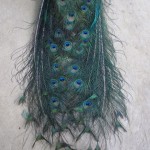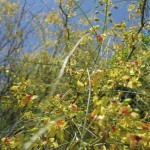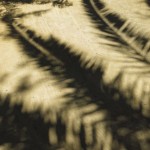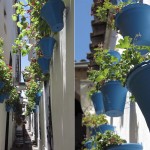Stories can be told in many different ways. Some of them are inspiring, other make us look at the world from a different perspective. Does it matter in what way a story is told? What makes it both fascinating and unforgettable? A professional storyteller would give you a bunch of tips, but he (or she) probably would not know how to tell a story with a photograph. Visual storytelling has its rules, so take some time to get to know them better. After all, there is always a story to tell… dare to make it a small masterpiece!
Text and pictures by Joanna Wróblewska
What makes a photograph powerful, is often the ability to tell a story. A good photographer is a visual storyteller. He builds stories with a camera, which can both give him freedom and limit him. It all depends on the photographer’s skills, his level of knowledge and photographic consciousness. Always remember that a camera is just a tool, the same as a pen, a brush or a chisel. Exploring its possibilities and experimenting is a natural part of the creation process, so think about the stories that you could tell and take a lot of pictures!
Yes, for some people it will be hard to leave the comfort zone and just shoot (without judging and listening to their inner critic). Making first steps and learning the basics is tough, but it will be a piece of cake if you are passionate about photography. You do not have to try everything. Follow your interests! Some people like shooting still lifes, others prefer to take portraits or landscapes. Whatever you decide to do, make sure that this is what you truly appreciate! Passion and understanding will make your photos honest and unique.
Knowing composition principles will create more visual consciousness. In the same time, it will allow you to make quick and good photographic decisions. It does not mean, that you cannot break the rules. You should search for new solutions. However, knowing the basic principles makes the experimenting much more pleasant and efficient.
Learn to use the light around you
You do not have to be a professional photographer to learn how to use the light around you efficiently. Just observe the surroundings! Estimate the light temperature and define the sources of light. How could you use the existing light? It can help you to highlight chosen elements of the composition while less important ones will hide in the shadow or even disappear! Using different sources of light in one photograph might be interesting as well, especially in interiors or night scenes.
Focus on details
Sometimes showing too much is showing not enough. Focus on details! Come closer to the subject or zoom on it. Close-ups are in many cases more interesting than an overall scene. Do not forget about isolation apertures (f/1,6-f/8). They will help you to get rid of unnecessary elements and make the message clearer. Simple, strong compositions are often more remarkable, so do not be afraid of focusing on hands, gestures or activities instead of faces, situations or complex scenes. Always ask yourself what kind of a story would you like to tell.
Change the perspective, show the context
To tell a meaningful story, you should often experiment with different and fresh camera angles. Again, do not be afraid to go against the basic composition rules. For instance, shooting directly into the sun can be a mistake, but in some cases it will help you to build an interesting and convincing image. Changing the perspective can also help you in placing the story in the context: the relation between the foreground and the background in the image depends on the point of view. Decide what will make your story stronger and go for it. Trying out different options will not hurt anybody and might result in an excellent storytelling photograph.
Ones again, I strongly encourage you always to take lots of pictures and experiment without judging yourself immediately. Critical thinking is of course welcome, but not at the stage of searching for possibilities and creating material for further development. So the next time you subscribe for SAE photography classes, surprise your teacher and bring a hundred pictures instead of ten. Then kindly ask for feedback, listen to it and learn from it as much as you can!
- A different point of view will result in an interesting photograph
- Which scene look more appealing?
- Search for interesting perspectives
- Make the composition simple
- Everything depands on your skills, knowledge and photographic consciousness
- Sometimes focusing on details makes the story stronger
Learn more:
Visual Storytelling: Tips from Photographer Laura Cook
The Magic of Storytelling: A Rhetoric for Beginners
6 Tips for Storytelling Photography







